Agricultural Credit Cooperatives in India
Agriculture and cooperatives are complementary to each other. They cannot exist in isolation. Agricultural credit cooperatives in India constitute one of the largest rural financial systems in the world. These credit cooperatives play a crucial role in dispensing credit mainly in agricultural areas. They are well equipped to address the rural problems. The book outlines the historical perspectives led in the agricultural cooperatives credit in India. It reviews the collective action theories and the theory behind the cooperation. The historical evidences from Bombay, Madras and North Provinces have been collected and evidenced in the context of the agricultural cooperative credit institutions. It undertakes the overall growth of Primary Agricultural Credit Societies (PACs), District Central Cooperative Banks (DCCBs), State Apex Cooperative Banks (SACBs), Land Development Banks (LDBs) and credit delivery system. The Vaidyanathan Committee implications are exhaustively discussed in the text. A new cooperative model under the dynamics of neo-institutional framework has been explored. This book is highly useful for the academicians, research students and PG students.
Contents: 1. Collective Action Theories and Cooperation. 2. Theory of Cooperation. 3. Agrarian Distress in British India. 4. From Unlimited to Limited Liabilities. 5. Cooperative Credit Movement in India. 6. Growth of Agricultural Credit Cooperative (1904 – 1950). 7. Growth of Agricultural Cooperative Credit: Pre-Liberlisation Period (1951-1990). 8. Growth of Agricultural Cooperative Credit: Post-Liberalisation Period (1991-2015). 9. Primary Agricultural Cooperative Credit. 10. District Central Cooperative Banks (DCCBs). 11. State Apex Cooperative Banks. 12. Agricultural Development (Long-Term Credit) Banks. 13. Structure and Procedure of Credit Delivery System. 14. Implications of Vaidhyanathan Committee and A New Cooperative Act. 15. Neo-Institutional Model for Cooperatives. References. Index.
Get it now and save 10%
BECOME A MEMBER

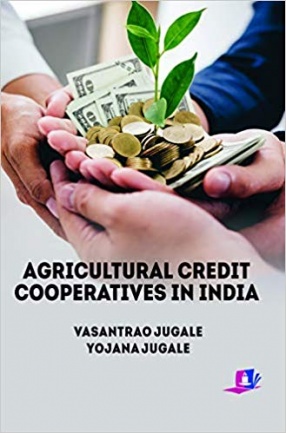
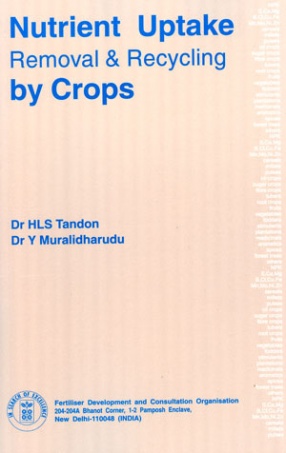
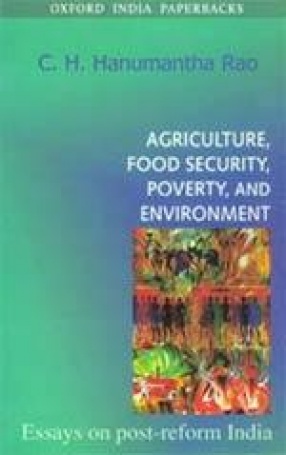
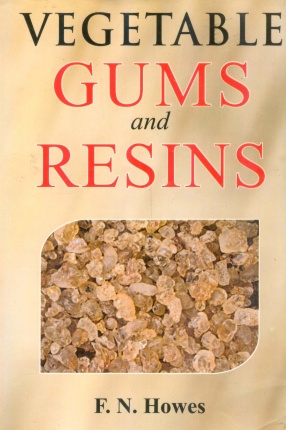
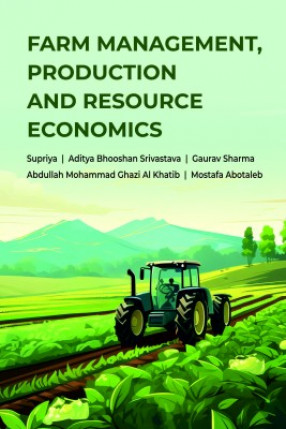

Bibliographic information
Vasant Jugale